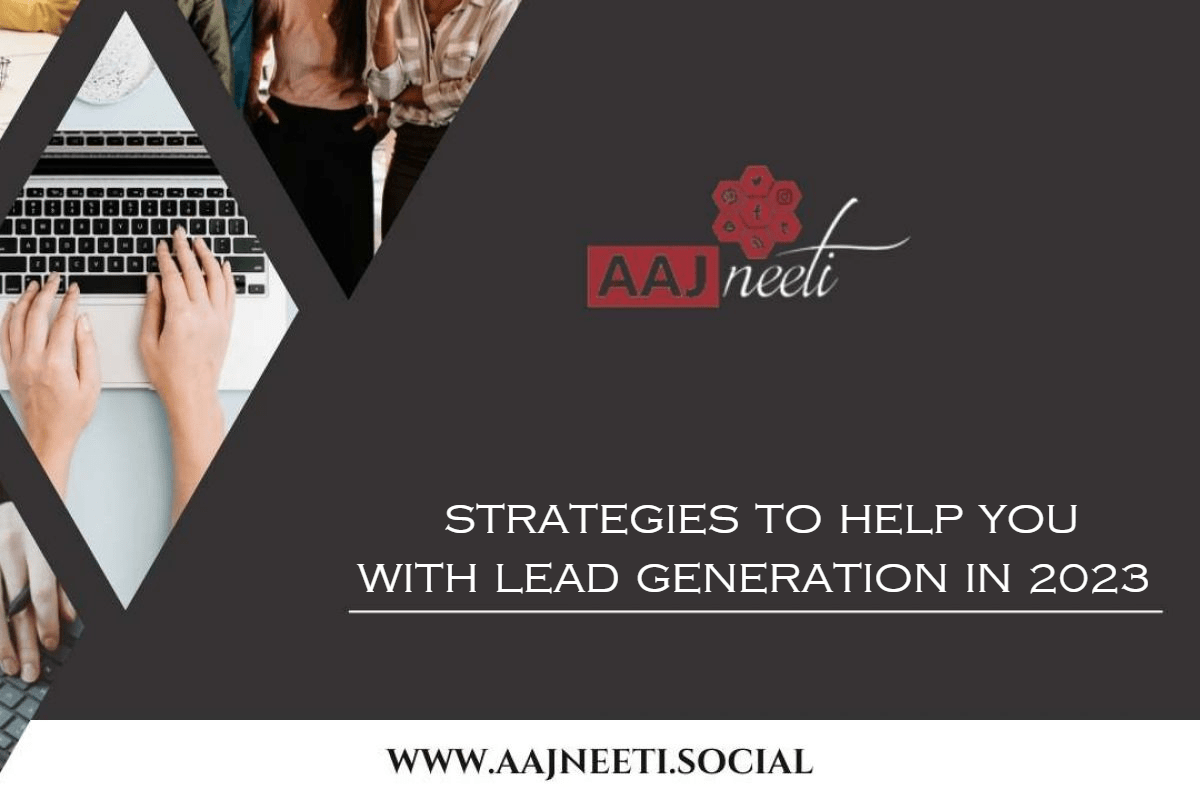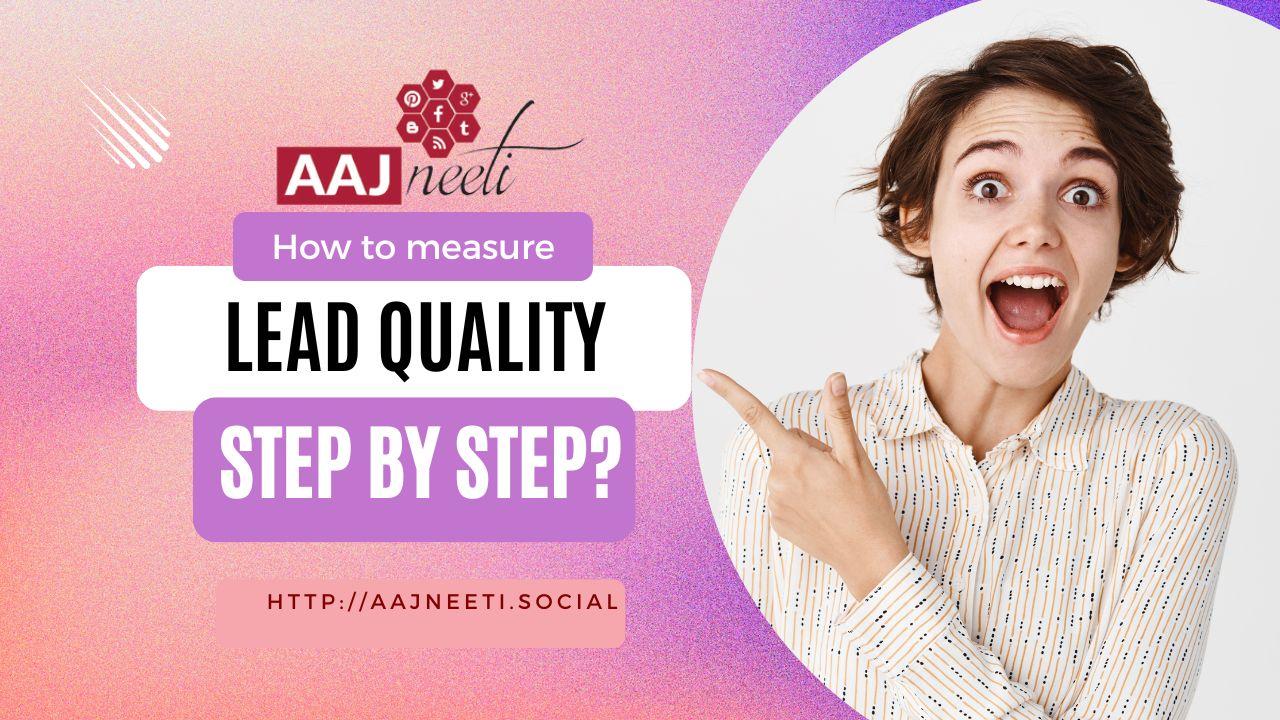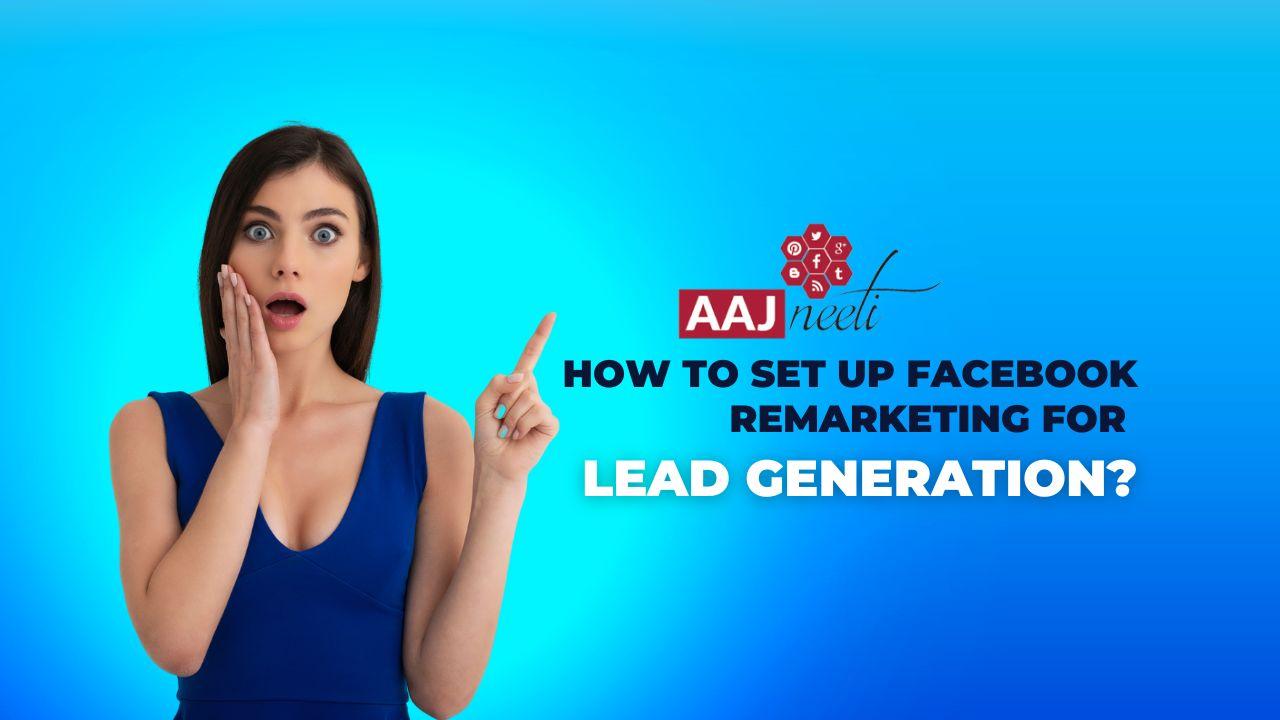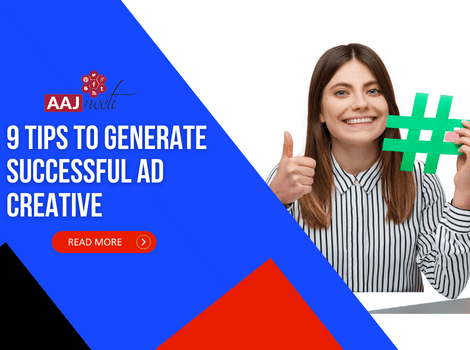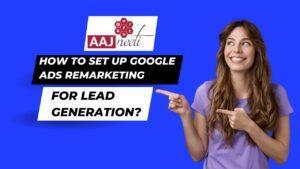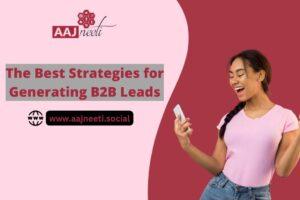Are you a marketer confused about how to generate leads for your business? If yes, then this article will clear your doubts and give you a clear idea about the two ways of generating leads, allowing you to choose what best suits your interests.
What is Lead Generation?
Lead generation is a vital part of the marketing process that focuses on capturing the interest of prospective buyers in a product or service to drive sales. It helps businesses identify individuals who are genuinely interested in their offerings.
Leads are people who might be interested in your company’s products or services. If a person reads about your product and is willing to share their information, such as their phone number or email ID, then they are considered a lead.
Leads are contacted by the sales team only after they have shown interest in the product or service. This eliminates pointless cold calling.
91% of marketers rate lead generation as their top goal (adamconnell.me). Businesses generate an average of 1,877 leads per month, with 81% being marketing-qualified leads (saleshandy.com).
Generating leads requires a strategic approach. While some companies use cold calling or sending random emails, the best way to generate quality leads is by targeting the right audience strategically. This optimises the marketing process and improves lead filtration.
Why is Lead Generation Important?
The buying process has evolved, and marketers need to find new ways to reach buyers. Rather than relying solely on mass advertising and email blasts, marketers are now focusing on being found organically and building continuous relationships with buyers.
Many businesses today rely heavily on lead generation because it provides potential customer data that can be converted into actual customers. Lead generation:
- Increases sales and organic customers
- Saves time and money for both sellers and consumers
- Helps businesses understand their audience better
53% of marketers allocate at least half of their budget to lead generation efforts (webfx.com).
Organic Leads vs Paid Leads
Understanding the difference between organic leads and paid leads is crucial for selecting the right strategy.
Organic Leads
Leads generated via organic marketing efforts are called organic leads. Organic marketing involves unpaid strategies such as content marketing, SEO, referral marketing, and social media engagement.
Organic Leads Meaning
When we talk about the difference between organic leads and paid leads, it is essential to highlight that organic leads come through research. Clients search for a topic, read articles, compare services, and then decide whom to contact. Leads generated in this process are organic leads.
Benefits of Organic Lead Generation
- Builds credibility and trust
- Increases website traffic
- Offers a high return on investment
- More sustainable over time
49% of marketers find organic search to have the best ROI among marketing channels (digitalsilk.com). Companies that blog generate 67% more leads than those that don’t (adamconnell.me).
SEO and organic traffic generate more leads than any other marketing channel for 61% of B2B marketers (digitalsilk.com).
However, organic lead generation has its drawbacks:
- Time-consuming – It requires ongoing engagement, content creation, and SEO efforts.
- Difficult to scale – Managing increasing leads manually can become challenging as the business grows.
The best organic lead generation strategies include:
- Search Engine Optimisation (SEO)
- Content Marketing
- Email Marketing
- Product Trials
- Referral Marketing
- Social Media Marketing
Paid Leads

Paid leads are generated through any type of traffic that is bought, either through paid ads or direct lead purchases from a marketer.
Pay Per Click Lead Generation
One of the most effective forms of paid lead generation is pay per click lead generation, where businesses buy ad space for selective keywords on search engines. Every time someone clicks on the ad, the business pays a fee.
Pay Per Call Leads & Pay Per Lead Model
Another method includes pay per call leads, where businesses pay for every qualified call received, or the pay per lead model, where they pay per verified lead.
Paid traffic is available through various means, such as:
- Pay-per-click (PPC) ads on Google, Yahoo, Bing
- Social media advertising (Facebook, LinkedIn, Instagram)
- Banner ads and pay-per-view models
The average cost per lead varies by industry, with eCommerce at $91 and higher education at $982 (emailtooltester.com). The average cost per lead for Facebook Ads across all industries is $23.10 (digitalsilk.com).
This method is suitable for businesses with a good advertising budget, as it requires constant paid ads to maintain website traffic.
Which is Better: Organic Leads or Paid Leads?
If someone asks whether organic leads are better than paid leads, the answer is clear: Organic leads are always better.
Why?
- People understand that paid leads are sponsored and are placed higher because businesses pay for them.
- Intelligent and educated customers prefer organic results because they see them as more trustworthy and unbiased.
- Organic leads are long-term assets, whereas paid leads provide an instant boost but disappear when the budget runs out.
Organic search accounts for 53.3% of all web traffic, while paid search contributes only 27% (linkedin.com).
However, for branding and immediate results, paid ads can give businesses instant leads and visibility. While organic lead generation dominates in the long run, 65% of B2B businesses in the U.S. use paid social media for lead generation (digitalsilk.com).
AAJneeti’s Approach to Lead Generation
At AAJneeti, we understand the importance of both organic and paid lead generation. While paid ads can give an instant boost, our focus is always on ranking high for the most relevant keywords organically.
This ensures long-term credibility, consistent traffic, and sustainable business growth for our clients.
Thus, we can say that both organic and paid lead generation have their place in marketing. A successful business should ideally use a combination of both, leveraging paid lead generation for quick results while continuously working on organic lead generation strategies for long-term success.
Read Also –Driving Success in Education: Why Schools and Colleges Trust AAJneeti



